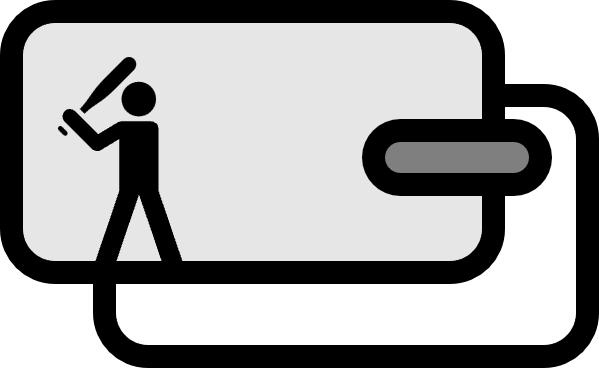Definition of a Hit in Baseball
Definition 1
The number of balls hit by the batter that land in the valid area, excluding fielder’s choices and errors, is called a hit, abbreviated as H. Hits are classified into four types: singles, doubles, triples, and home runs.
Theorem
- [1]: For Plate Appearances PA, At Bats AB, and Hits H, the following inequality is established: $$ \begin{align*} H \le AB \le PA \\ 안타 \le 타수 \le 타석 \end{align*} $$
Explanation
Fielder’s Choice and Error
A fielder’s choice is when the batter survives due to the fielder deciding to throw to another base even though the batter could originally have been out. While not a hit, it counts towards the at-bat, thus lowering the batting average and slugging percentage.
An error is when the batter reaches base due to a mistake by the fielder, who could have made an out under normal defensive play.
Sabermetrics
Hits are easier to understand than at-bats, as mentioned in the definition, only four cases exist. According to the record rules, data analysts don’t even need to know the terms “fielder’s choice” and “error.”
Excluding fielder’s choices and errors, as mentioned in the definition, means minimizing the intervention of chance. It’s not just about reaching base by any means but counting “runs produced by the bat.” It’s fundamental cumulative stats for calculating a batter’s hitting metrics.
